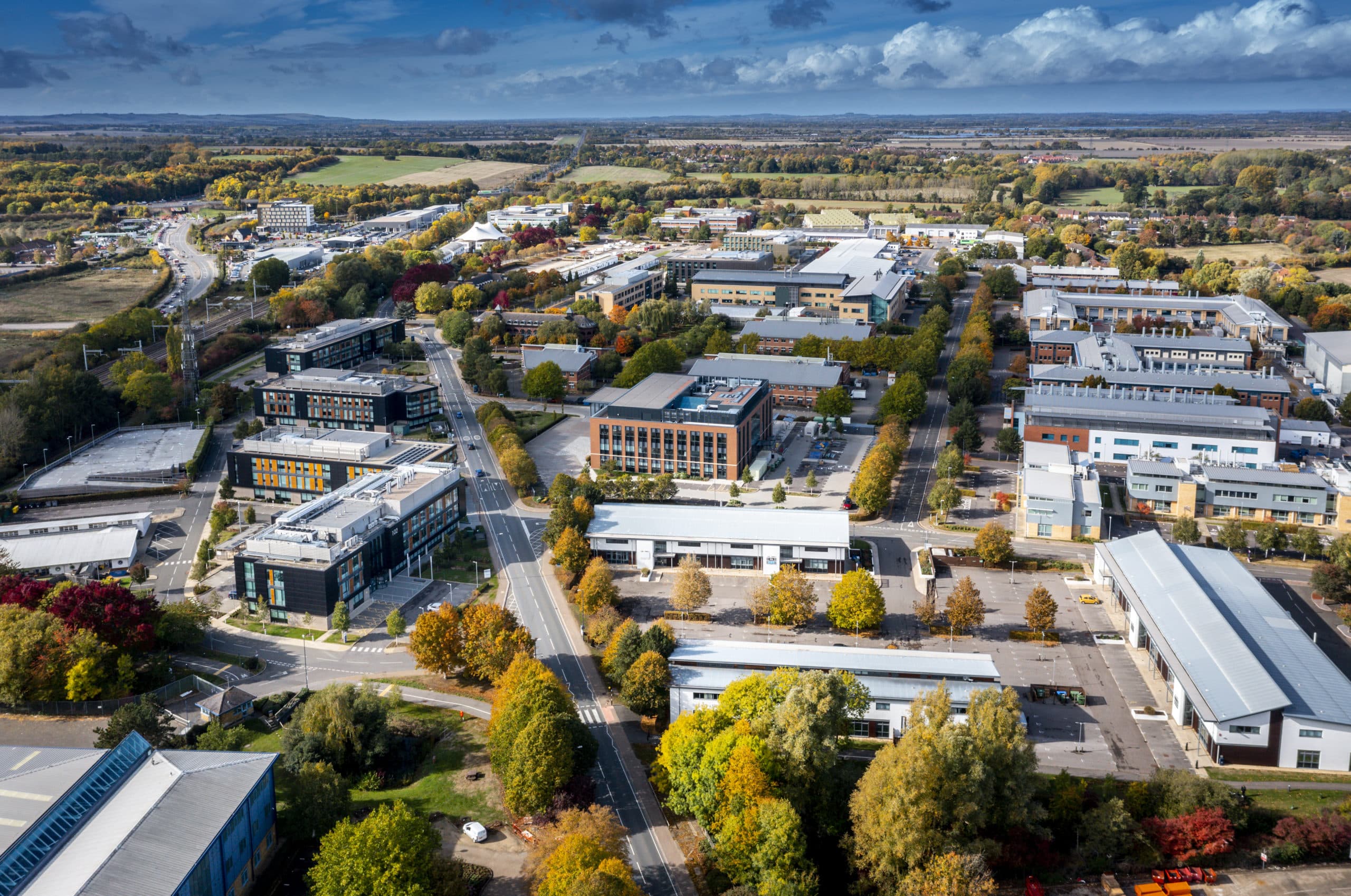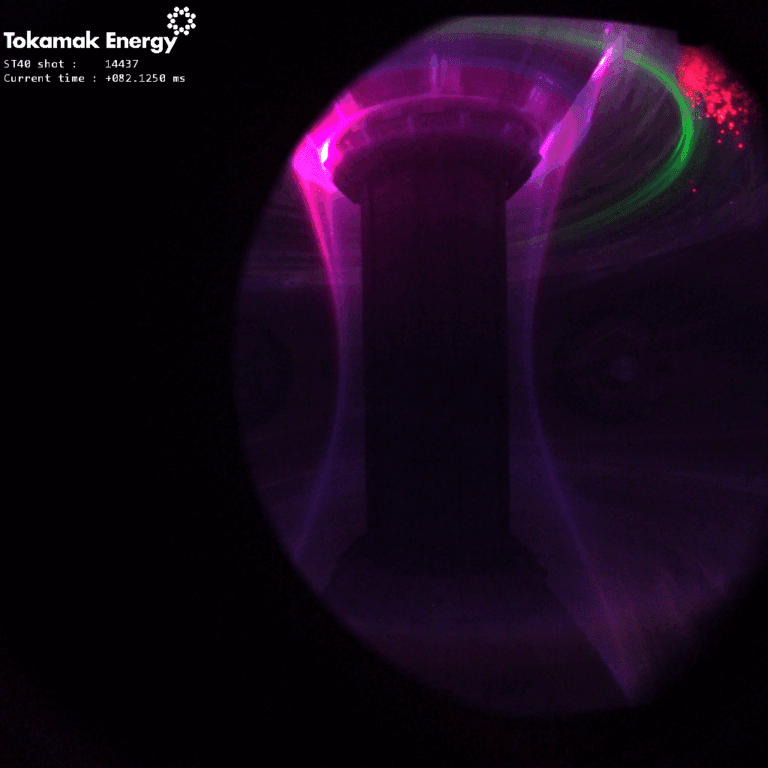How temperature extremes fuel innovation at Milton Park
Home to over 270 organisations and more than 9,000 employees, did you know that Milton Park’s innovation community has (quite literally) some of the coolest and hottest occupiers in the universe?
From quantum computing systems operating just above absolute zero (-273.15 °C) to fusion reactors reaching temperatures hotter than the core of the sun (100 million °C), Milton Park is built to push boundaries.
With The United Nations declaring 2025 as the International Year of Quantum Science and Technology, we take a closer look at some of the temperature extremes across the Park which are making groundbreaking innovations possible.
This provided the inspiration for our latest billboard – ‘Quantum cool to fusion fuel’ – which can be found by the entrance to the Park off the Milton interchange.
TreQ: what’s cooler than quantum?
When it comes to being the coolest thing in the universe, little comes close to TreQ’s quantum computing systems.
Headquartered at Milton Park, the venture-backed company designs and deploys open-architecture quantum computing systems that operate at one hundredth of a degree above absolute zero (even colder than deep space).
It’s not just about pushing limits for the sake of it. They need to keep their quantum chips at such cold temperatures to avoid signal interference. Even the tiny amounts of infra-red heat become noise, threatening the ultra-sensitive qubits that enable the quantum computing systems to work their magic.
“These temperatures don’t exist in the universe outside of research labs on Earth,” said Nathan Woollett, Principal Engineer at TreQ. “Unless aliens are doing the same thing, of course!”
TreQ is on a mission to transform entire industries with its approach to quantum. For example, in life sciences, quantum machines have the potential to model complex molecular interactions that classical computers can’t handle, which could cut drug discovery timelines from ten years to one. You can learn more about TreQ’s innovative approach in the team’s recent Company Spotlight.
Tokamak Energy: hotter than a star
Just across the Park, another occupier is working at the opposite end of the thermometer.
Tokamak Energy, a global leader in fusion and magnet technology, achieved a fusion threshold plasma temperature for a fraction of a second, generating temperatures of 100 million degrees Celsius inside its ST40 spherical tokamak. The temperature is several times hotter than the sun’s core, making it one of the hottest places on Earth.
With this approach, Tokamak Energy wants to deliver commercially viable fusion energy by the early 2030s, powering cities, industries and entire nations with clean, secure electricity.
Warrick Matthews, Managing Director at Tokamak Energy, said: “Fusion energy from power plants like this will be zero carbon, safe, secure, extremely efficient and run on limitless fuel from sea water. Fusion is the ultimate energy source – no emissions and you can put a plant where you need it.”
Where TreQ’s innovations simulate nature’s quantum behaviours, Tokamak Energy recreates the conditions of a star to harness the promise of fusion energy.
Innovating within more comfortable temperatures
From early-stage biotech firms to global life science organisations, there are some temperature requirements within the Park which are far more hospitable than these two extremes.
Take the University of Oxford agritech spinout Wild Bioscience, for example, which can emulate climate-controlled Sahara-like conditions in its grow labs to develop crops that thrive in heat and drought. The company is developing more resilient “wild-enhanced” crop varieties that deliver more efficient harvests by blending molecular and computational biology.
Operating within a similar temperature range is Oxitec, the leading developer of biological solutions to control disease-spreading insects. Ranging from 25°C-30°C, the temperatures of the team’s facility is key in the development and survival of mosquitoes. From there, the team can design, develop, and deploy technology to combat mosquito species that transmit deadly diseases around the world.
Innovation powered by flexibility
From absolute-zero to star-like temperatures, the temperature extremes at Milton Park demonstrate the scale of innovation on offer, but also the flexibility of its facilities and built environment. The Park offers occupiers with future-facing spaces which are adaptable to their needs; whether in terms of temperature, power or future growth.
From its sustainable infrastructure and green travel incentives to new sustainable developments like Nebula, Milton Park is creating adaptable space for its community to innovate and thrive.
It is a place where scientific extremes can not only be accommodated but can be actively embraced. It’s an innovation-first approach which is built into the architecture, the culture and the vision of the community, allowing companies to grow, collaborate and push limits.




